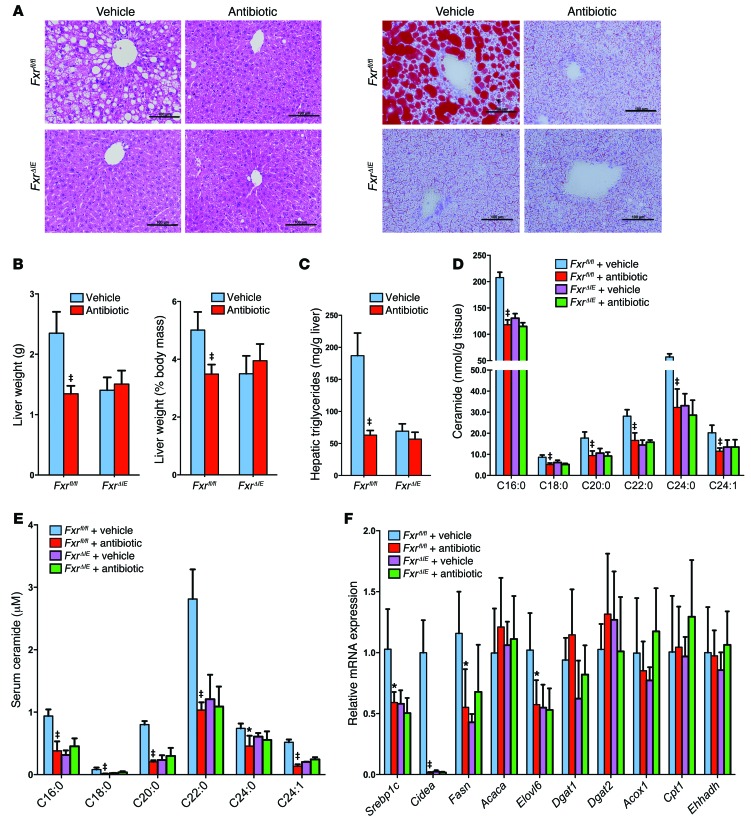Figure 8. Antibiotic treatment improved NAFLD via the inhibition of intestinal FXR.
(A) Representative H&E staining (left panel) and Oil red O staining (right panel) of liver sections from vehicle- and antibiotic-treated Fxrfl/fl and FxrΔIE mice fed a HFD for 14 weeks. n = 5 mice per group. Lipids stained positive (red color) with Oil red O. Scale bars: 100 μm. (B) Liver weights and liver weight/body weight ratios of vehicle- and antibiotic-treated Fxrfl/fl and FxrΔIE mice fed a HFD for 14 weeks. n = 5 mice per group. (C) Liver triglyceride content in vehicle- and antibiotic-treated Fxrfl/fl and FxrΔIE mice fed a HFD for 14 weeks. n = 5 mice per group. (D) Ileal ceramide profiles after 14 weeks of antibiotic treatment in HFD-fed mice. n = 5 mice per group. (E) Serum ceramide profiles after 14 weeks of antibiotic treatment in HFD-fed mice. n = 5 mice per group. (F) mRNA levels of fatty acid synthesis–, triglyceride synthesis–, and fatty acid catabolism–related genes in the livers of vehicle and antibiotic-treated Fxrfl/fl mice and FxrΔIE mice on a HFD for 14 weeks. n = 5 mice per group. (B–F) Data are presented as the mean ± SD. One-way ANOVA with Tukey’s correction. *P < 0.05 and ‡P < 0.01 compared with vehicle-treated mice of the same genotype.

